Leather is more than just a material; it represents craftsmanship, durability, and timeless elegance. From the supple feel of a leather jacket to the rich patina of a vintage briefcase, leather goods exude luxury and sophistication. However, one crucial factor that is often overlooked is the thickness of the leather. This key element not only affects the durability and comfort of leather products, but also their overall appearance, making it essential when selecting high-quality, long-lasting leather goods.
Although often overlooked, leather thickness is a crucial factor in the quality, comfort, functionality, and longevity of a leather item. Whether you're purchasing leather for furniture or automotive, knowing how thickness affects leather performance can help you make an informed decision. In this article, we explore how leather thickness not only affects the durability and aesthetics of leather goods, but also plays a role in ethical and sustainable practices, which are becoming increasingly important in today's market.
Leather thickness refers to the density or "weight" of the leather and is usually measured in ounces or millimeters. An ounce generally refers to the thickness of one square foot of leather. For example, a 4-ounce piece of leather is about 1/16 of an inch thick, while an 8-ounce piece of leather is about 1/8 of an inch thick. This measurement plays a crucial role in the final product. Leather can be thick or thin and serves different purposes depending on its intended use. Thicker leather is often used for items that require great strength, such as saddles, heavy bags, or work gloves, while thinner leather can be used for clothing, soft bags, or intricate accessories.
One of the most important advantages of thick leather is its unparalleled durability. Thicker leather is more resistant to damage from external factors, such as abrasion, and holds up better even with frequent use. For example, leather shoes made from thicker leather last longer than those made from thinner material. Wallets or belts made from thicker leather are also more resistant to stretching and cracking over time. For leather furniture, thicker leather offers more longevity and enhances comfort. Thicker leather provides a firmer seating experience, which, with time, can mold to the user's body, adding to its appeal. Thinner leather, on the other hand, may not be as robust but offers greater flexibility, which can be desirable for certain applications, like garments or soft, flexible bags.
Comfort is another area where leather thickness plays a crucial role. Consider leather armchairs or sofas, which need to be both durable and comfortable. Thicker leather offers more cushioning, increasing seating comfort over time. The extra material ensures the piece can withstand frequent use while still feeling comfortable.
Thick leather jackets and coats are preferred for their warmth and durability, but can also be stiff, especially when new. Thinner leather, on the other hand, is more pliable and lightweight, making it ideal for leather garments such as skirts, blazers, or jackets intended for wear in warmer temperatures.
The visual appeal of leather is undeniably one of the primary reasons for choosing leather for cars and furniture. Thicker leather looks and feels more luxurious, offering deep, rich textures that add sophistication to any piece.
In contrast, thinner leather, while still elegant, is more subtle and smooth, contributing to a modern, sleek appearance. Thinner leather is often used in fashionable designs and can create a nearly seamless appearance, further enhancing the material's versatility.
Sustainability and ethical considerations in leather thickness
At a time when sustainability and ethical practices are becoming increasingly important, the thickness of the leather also impacts the environmental footprint of leather goods. Thicker leather products are generally more durable, meaning they last longer and need to be replaced less often. This durability reduces waste and promotes a more sustainable approach to leather use.
Additionally, certain types of leather, such as vegetable-tanned leather, are considered more environmentally friendly because no harsh chemicals are used in the tanning process. Choosing a leather product based on thickness and environmental impact can be a responsible investment that will last.
Why leather thickness is important when sourcing leather
When sourcing high-quality leather for crafting or manufacturing purposes, it's important to work with trusted suppliers who understand the intricacies of leather thickness. Reliable suppliers prioritize the consistency and quality of their leather and ensure that the thickness of the product matches its intended use.
At Leder-Klaus, we understand how important leather thickness is for creating high-quality, durable, and aesthetically pleasing leather goods. We offer a wide range of options to meet your needs. Our commitment to sustainability and craftsmanship ensures that every piece of leather meets the highest standards and delivers durable results that stand the test of time.
Although often overlooked, leather thickness is a crucial factor in the quality, comfort, functionality, and longevity of a leather item. Whether you're purchasing leather for furniture or automotive, knowing how thickness affects leather performance can help you make an informed decision. In this article, we explore how leather thickness not only affects the durability and aesthetics of leather goods, but also plays a role in ethical and sustainable practices, which are becoming increasingly important in today's market.
What exactly is the leather thickness?
Leather thickness refers to the density or "weight" of the leather and is usually measured in ounces or millimeters. An ounce generally refers to the thickness of one square foot of leather. For example, a 4-ounce piece of leather is about 1/16 of an inch thick, while an 8-ounce piece of leather is about 1/8 of an inch thick. This measurement plays a crucial role in the final product. Leather can be thick or thin and serves different purposes depending on its intended use. Thicker leather is often used for items that require great strength, such as saddles, heavy bags, or work gloves, while thinner leather can be used for clothing, soft bags, or intricate accessories.
The influence of leather thickness on durability
One of the most important advantages of thick leather is its unparalleled durability. Thicker leather is more resistant to damage from external factors, such as abrasion, and holds up better even with frequent use. For example, leather shoes made from thicker leather last longer than those made from thinner material. Wallets or belts made from thicker leather are also more resistant to stretching and cracking over time. For leather furniture, thicker leather offers more longevity and enhances comfort. Thicker leather provides a firmer seating experience, which, with time, can mold to the user's body, adding to its appeal. Thinner leather, on the other hand, may not be as robust but offers greater flexibility, which can be desirable for certain applications, like garments or soft, flexible bags.
Leather thickness and comfort
Comfort is another area where leather thickness plays a crucial role. Consider leather armchairs or sofas, which need to be both durable and comfortable. Thicker leather offers more cushioning, increasing seating comfort over time. The extra material ensures the piece can withstand frequent use while still feeling comfortable.
Thick leather jackets and coats are preferred for their warmth and durability, but can also be stiff, especially when new. Thinner leather, on the other hand, is more pliable and lightweight, making it ideal for leather garments such as skirts, blazers, or jackets intended for wear in warmer temperatures.
Leather thickness and aesthetic appeal
The visual appeal of leather is undeniably one of the primary reasons for choosing leather for cars and furniture. Thicker leather looks and feels more luxurious, offering deep, rich textures that add sophistication to any piece.
In contrast, thinner leather, while still elegant, is more subtle and smooth, contributing to a modern, sleek appearance. Thinner leather is often used in fashionable designs and can create a nearly seamless appearance, further enhancing the material's versatility.
Sustainability and ethical considerations in leather thickness
At a time when sustainability and ethical practices are becoming increasingly important, the thickness of the leather also impacts the environmental footprint of leather goods. Thicker leather products are generally more durable, meaning they last longer and need to be replaced less often. This durability reduces waste and promotes a more sustainable approach to leather use.
Additionally, certain types of leather, such as vegetable-tanned leather, are considered more environmentally friendly because no harsh chemicals are used in the tanning process. Choosing a leather product based on thickness and environmental impact can be a responsible investment that will last.
Why leather thickness is important when sourcing leather
When sourcing high-quality leather for crafting or manufacturing purposes, it's important to work with trusted suppliers who understand the intricacies of leather thickness. Reliable suppliers prioritize the consistency and quality of their leather and ensure that the thickness of the product matches its intended use.
At Leder-Klaus, we understand how important leather thickness is for creating high-quality, durable, and aesthetically pleasing leather goods. We offer a wide range of options to meet your needs. Our commitment to sustainability and craftsmanship ensures that every piece of leather meets the highest standards and delivers durable results that stand the test of time.











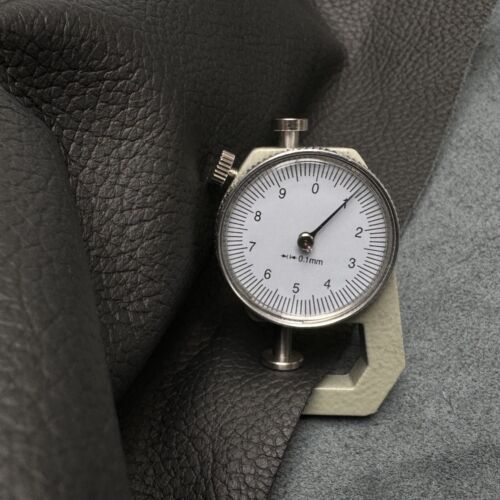
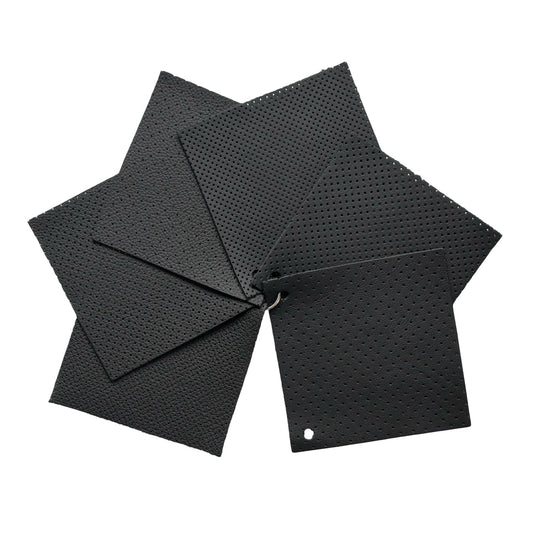
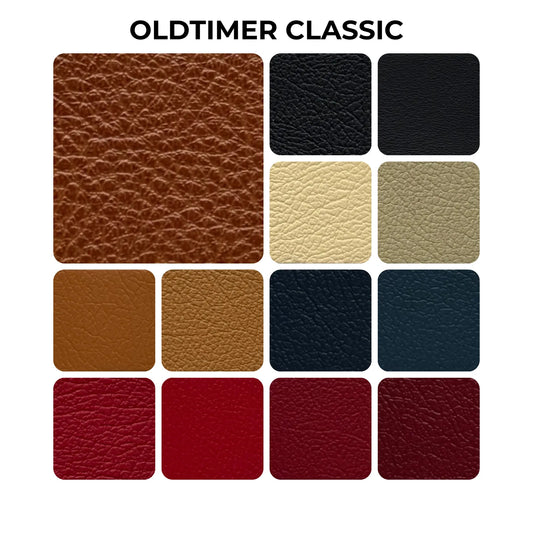

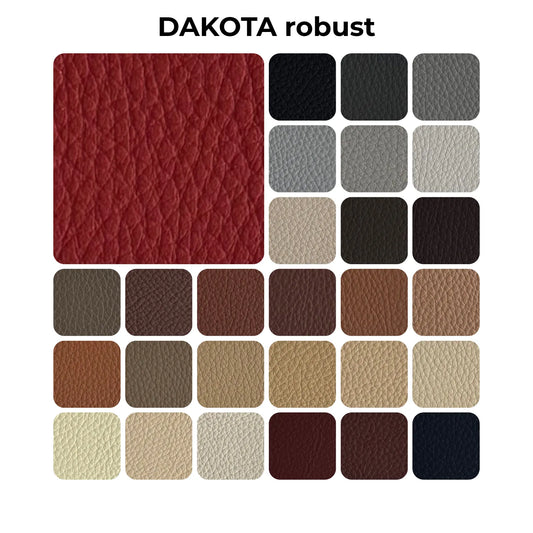
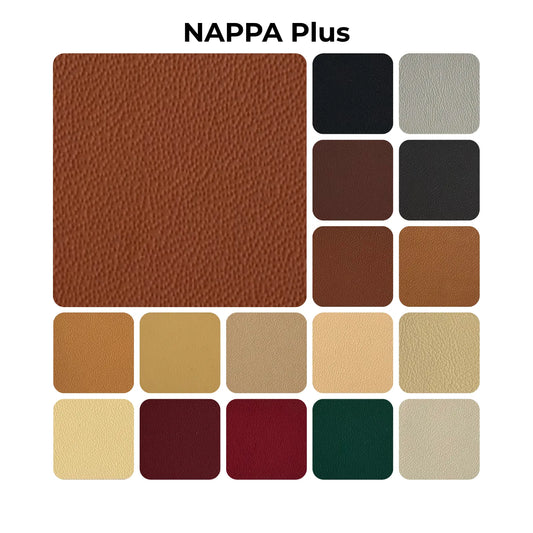
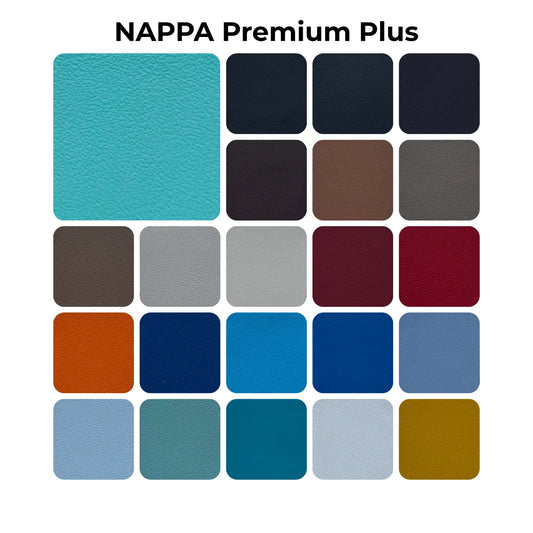
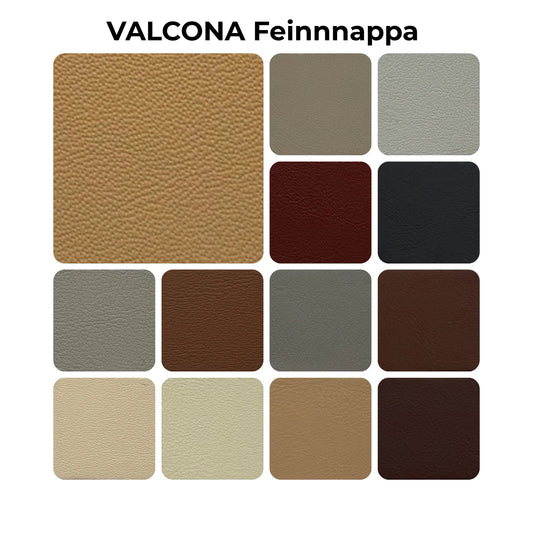
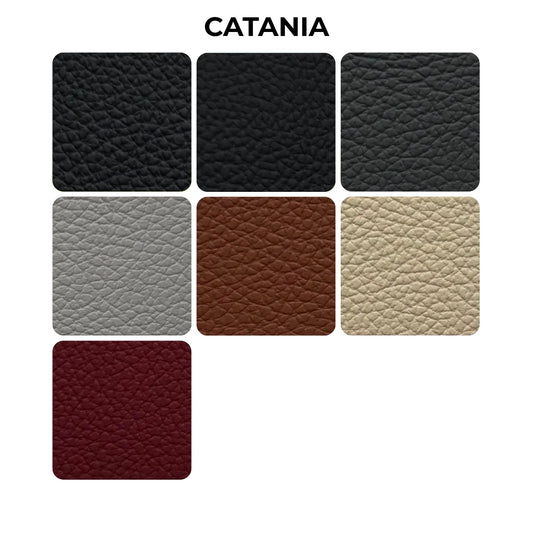
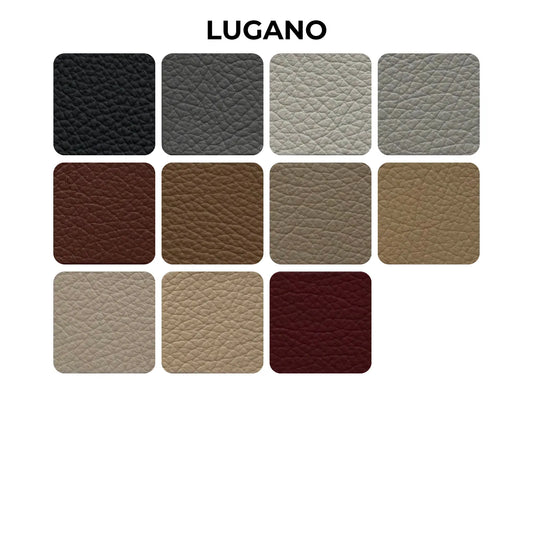





Leave a comment
All comments are moderated before being published.